1. St. Mary's Church
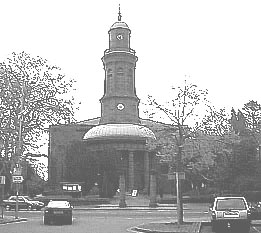 St. Mary from the West........................
St. Mary from the West........................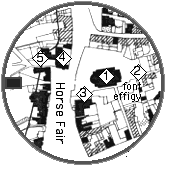
The great medieval church of St. Mary was a building largely of the fourteenth and fifteenth centuries, years of repairs and re building had removed most of the earlier Norman church which had stood here. The church had been damaged during the civil war whilst being used as a Parliamentary observation post and in 1790 following conflicting reports on the building’s safety it was decided to demolish it and rebuild. The architect was C.R. Cockerell who produced a building of ‘imperial grandeur’ according to some whilst others saw it as ‘more like a gaol than a Christian temple’. The church reopened in 1797 but it was not until 1822 that the structure was completed with the addition of its tower. This lack was celebrated by the couplet,
The interior was designed as a ‘preaching box’ with the focus on the pulpit rather than the altar although this was changed somewhat with later nineteenth century alterations.
The graveyard has been largely spoiled by the removal of most of the early headstones. The better examples from the seventeenth century were propped against the North wall of the church where decades of dripping water has all but effaced them. Other stones were cut up to make low walls or reused as paving. Despite the careful restoration of some chest tombs, particularly one example bearing the name 'Gulliver' the churchyard atannds as a monument to the insensitivity of the mid twentieth century.
By the churchyard wall can be seen the moss covered remains of a fourteenth century tomb effigy and font. From here it is easy to appreciate the fact that the church stands on a low hill which probably was the site of the original defended Saxon settlement.
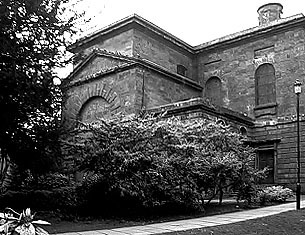 |
 |
 |
| East end of church |
Font |
Effigy |
2.Alms Houses
The graveyard was surrounded by other buildings relating to the church including a large tithe barn. Of these early structures the only remainders are a range of stone alms houses, originally dating from the seventeenth century but largely rebuilt in the 1970s.
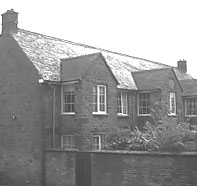 The alms houses
The alms houses
3. The Vicarage
Although the first vicar of Banbury we know of was one Roger who died in 1278 the core of the present building is probably sixteenth century. It apparently suffered during the Civil War as in 1646 a grant was made of timber for its repair. These were probably completed in 1649, a year recorded in a date stone on the porch. The house was enlarged in the mid-nineteenth century when the large gothic windows were inserted along the north wall.
The old building has now been converted into offices and the church has a modern purpose built set of rooms to the rear.
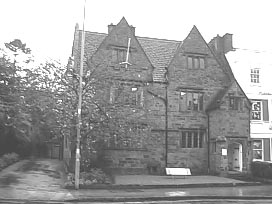 ...........
........... 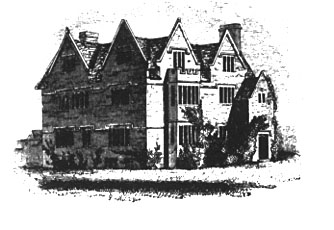
The Vicarage....................................................................................Prior to 1840
4. Church House
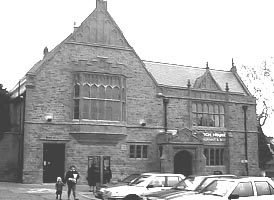 Church House from the N
Church House from the N
Church house was opened in 1905 to serve a variety of parochial functions. It replaced an earlier ‘church house’ which had stood in the northern part of the churchyard and had been used as a school until it was converted into a plush factory in 1825. When it became surplus to the church’s requirements in the 1970’s attempts were made to find a community use for the building but after falling into disuse it was eventually converted into a pub and restaurant.
 St. Mary from the West........................
St. Mary from the West........................



 The alms houses
The alms houses ...........
........... 
 Church House from the N
Church House from the N